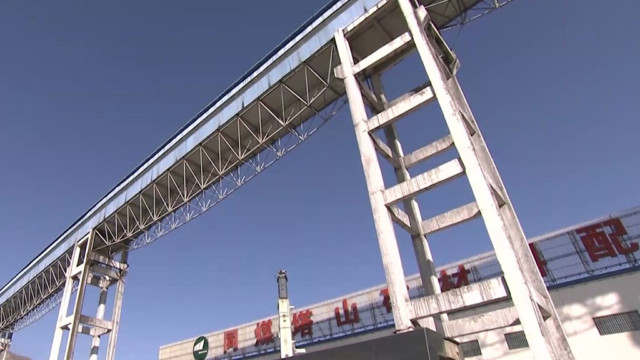The world’s largest carbon emitting country has launched a program that offers companies an incentive to voluntarily cut pollution.
CGTN’s Li Jianhua reports.
China, one of the top carbon emitters in the world, is putting its words into action. The carbon emissions trading system is planned to be up and running by the end of the year, which means companies can trade their carbon emissions quotas just like commodities.
“For those companies whose management is bad and have poor equipment, the more they produce, the higher the pressure they’ll face, because they need to spend much more money on buying the carbon emission quotas,” according to Jiang Zhaoli, deputy director of the NDRC Climate Department.
Under the Paris Accord, China has promised to cut carbon emissions by 60 to 65 percent per unit of GDP by 2030, compared with 2005 levels. China also plans to boost its use of non-fossil fuels, making them account for 20 percent of China’s energy consumption.
Shanghai is one of the pilot cities, and started in 2013.
“Now, the quantity of carbon emissions [in Shanghai] has decreased by seven percent in recent years,” Zhou Bo of the Shanghai Municipal Standing Committee said. “And the use of coal went down by 11.7 percent. Some progress has been made.”
Last week, the Chinese-led Asian Infrastructure Investment Bank announced approved a $250 million loan to connect some 220,000 rural Chinese households to a natural gas distribution network. But supplies are said to be falling short of the surging demand.
When it comes to reducing carbon emissions, however, it’s not all about what governments can do, but is also about how ordinary people can contribute. A U.N. report said the process of producing, harvesting, transporting, and packaging food waste generates more than three billion metric tons of carbon dioxide. If this amount of food waste was a country, it would be the world’s third largest emitter of greenhouse gases, behind the US and China.
 CGTN America
CGTN America
